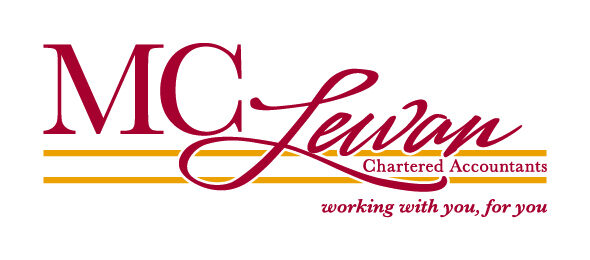
As of January 1, 2017, the Australian Taxation Office (ATO) has updated the legislation around the tax withheld from working holiday makers working temporarily in Australia has changed.
Tax time can be stressful and confusing at the best of times. Don’t let your business get caught out because you weren’t up to date. Here’s what you need to know about withholding tax from your non-resident employee.
Please note: this article does not address the details of the Seasonal Worker Programme*1 or non-resident Superannuation*2. Eligible working holiday makers are still entitled to superannuation.
Working Holiday Visa Class
Working holiday makers will hold a ‘Working Holiday’ visa – subclass 417 or a ‘Work and Holiday’ visa – subclass 462.
All non-resident workers must provide their employer with a tax file number (TFN). Failure to provide a TFN means you as the employer must withhold 47% from all payments (ignoring cents).
This rate applies to employees who state on the tax file number declaration form that they have applied for a TFN with the ATO but have not provided it to you within the maximum 28 days.

Tax Rate Changes
From the very first dollar earned in 2017, employers must withhold 15% from all working holiday makers. Regardless of residency status, working holiday makers cannot claim the tax-free threshold.
The table below shows comparatively the changes for residents and non-resident employees.
|
Resident Tax |
Non-Resident Tax |
||
|
Taxable Income |
Tax Rate |
Taxable Income |
Tax Rate |
|
$0-18,200 |
Nil |
$0-80,000 |
32.5c for each $1 |
|
$18,201 – $37,000 |
19c for each $1 |
||
|
$37,001 – $80,00 |
$3,572 + 32.5c for each $1 |
||
|
$80,001 – $180,000 |
$17,547 + 37c for each $1 |
$80,001 – $180,000 |
$26,000 + 37c for each $1 |
|
$180,0001 & over |
$54,547 + 45c for each $1 |
$180,0001 & over |
$63,000 + 45c for each $1 |
Employer Duty
As an employer, you are responsible for ensuring the correct tax rate is being withheld. The introduction of the new legislation means there are new steps you must take in this process.

Register Employee
All employers must register their working holiday (417, 462 visas) using the ATO online registration tool*4. This registration must take place before any payments under the new legislation have been made.
Employers are required to document the registration confirmation and keep this paperwork on file. It’s suggested you provide this information to your employee too.
Failure to register an employee on a working holiday visa will result in penalties.
Tax rates for an unregistered 417 or 462 visa employee start at 32.5% for the first $37,000.
Examples
The ability or inability for an employer or employee to meet all the requirements can dramatically the tax withheld outcomes.
One:
For a non-resident employee (417, 462 visas) has provided their employer with their TFN, the employer has registered them, and their weekly earning was $680.32 (ignoring the cents). Provided the employees gross earning for the 2016-2017 financial period have not exceeded $37,000. Then the total tax withheld for that payment is now $104.
Two:
While a non-resident employee (417, 462 visas) who has not provided a TFN, but the employer has registered them, who has a weekly earning of $680.32 (ignoring the cents). Provided the employees gross earning for the 2016-2017 financial period have not exceeded $37,000. Then the total tax withheld for that payment is now $324.

Payment Summaries
In an attempt to ensure the correct tax rate is being withheld, the ATO requires a payment summary from January 1, 2017, to the end of the financial year. This summary must identify the employee’s income and taxation rate for this period.
Because the period from July 1, 2016 – December 31, 2016, and the period from January 1, 2017 – June 30, 2017, are now being taxed differently, all working holiday makers who commenced employment previous to January 2017, will need two payment summaries.
From March employers will be able to obtain updated versions of payment summary forms. The new payment summary forms will include a box to allow you to indicate which kind of payment that has been made.
For payments made to employees on working holiday visa, you will need to indicate this through the use of the letter ‘H’. If your payment summary does not have this amendment you can place the ‘H’ beside the ‘income earned’ section. This is useful not only to you but is utilised by your employee when they come to file their tax return.
If your taxation software can not produce two digital records for a single employee, you will need to restart that person’s employment as a working holiday visa holder as of January 1. ATO can also provide hard copies of the paperwork on request should you not be able to make any electronic copies.
